ALMANDINE
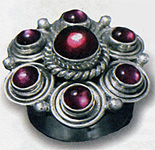 Characteristics of the mineral.
Characteristics of the mineral.
Almandin is the hardest and most common variety of red or red-violet garnets. The color of almandines can be cherry, raspberry, violet and even brownish-red. The intensity of the shade depends on the amount of iron compounds. Greater hardness from almandines differ only similar in color rubies. Almost black almandines are rare. The name of the mineral is the distorted word of Alabanda - so in Asia Minor the city was named, where these stones long ago were cut. According to another version, Alabanda was a transit point for ancient trade routes. Jewels are considered to be only transparent almandines, which can be limited. Less valuable almandines are used in other ornaments. There are deposits of almandines in India, Mongolia, Madagascar, Finland and Karelia.
Almandine - the most common jewelry garnet. Pure almandines are rare, most often there is a pyrope component. With pyrope and rhodolite almandine is the so-called pyrope-almandine series of garnets. It is very difficult to distinguish almandine from pyrope, especially since they form an isomorphic series, whose members exhibit a gradual increase in density, hardness, and refractive index values with an increase in the content of the almandine component. In the middle of this row is the rhodolite.
Isolations of almandine, as a rule, are much larger than pyrope grains (crystals of 4-5 cm are not uncommon) and are better cut. Moreover, it is often found in the right cut. Good almandines are not uncommon in collections and ornaments.
The color of almandine is associated with ferrous ions, with a decrease in the concentration of which there is some weakening of the color of the stone, a decrease in its density. Almandine is usually found in the form of well-formed crystals - rhombododecahedrons, trigonotroctahedra, often with shading on the faces. The size of the crystals from fractions to several tens of centimeters, but the crystals of jewelry quality (suitable for cutting) are small - 5-6 mm. Larger crystals are rare.
The best almandines are famous for Sri Lanka. Good stones are supplied by India and Brazil. There are almandines in the USA, Canada, Austria, Japan, Tanzania, Zambia and Madagascar. In the CIS almandines are known since the XVIII century. On the Kola Peninsula, in Karelia, in the Southern Urals, in Eastern Siberia (along the Mama River). The largest deposits are the Kientelskoe (on the shores of Ladoga Lake) and Chupinskoye. In jewelry, almandines are used, processed in various ways - facets, cabochon, polished; The most ancient form of cutting precious stones is very common - in the form of a saucer, it increases the transparency of the stone. The cost of almandines of good quality and color is higher than pyrope.
Magic properties of stones.
Together with pyrope, almandines are stones of fire. Many people revered almandines and attributed to them magical properties - the ability to drive away sadness, bring joy, heal the heart and brain, stir up passion and at the same time moderate anger. Indian yogis consider almandine to be a stone with a strong energy. It has a beneficial effect on a person's emotions. Not casually in Europe almandines were considered as stones of balls and masquerades.

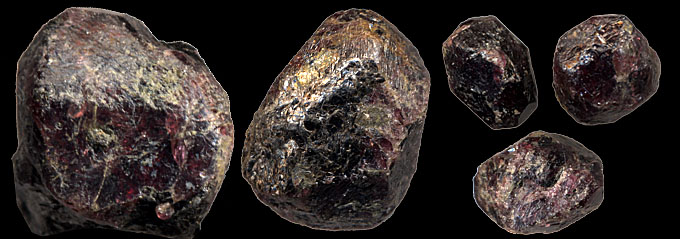
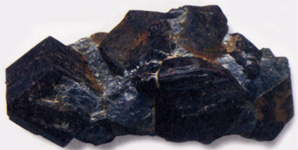
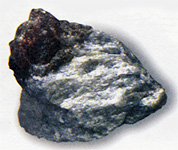
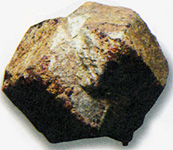
Poisonous and radioactive dangerous stones and minerals
** - poisonous stones and minerals (mandatory check in the chemical laboratory + explicit indication of toxicity).
** - radioactive stones and minerals (mandatory check on the standard dosimeter + ban on open sales in the case of radioactivity over 24 milli / g / h + additional measures of population protection).
All rare stones are subject to mandatory inspection at the standard dosimeter for the permissible level of radiation and in the chemical laboratory for the absence of poisonous and evaporating components that are dangerous to humans and the environment.


Comments
Commenting on, remember that the content and tone of your message can hurt the feelings of real people, show respect and tolerance to your interlocutors even if you do not share their opinion, your behavior in the conditions of freedom of expression and anonymity provided by the Internet, changes Not only virtual, but also the real world. All comments are hidden from the index, spam is controlled.